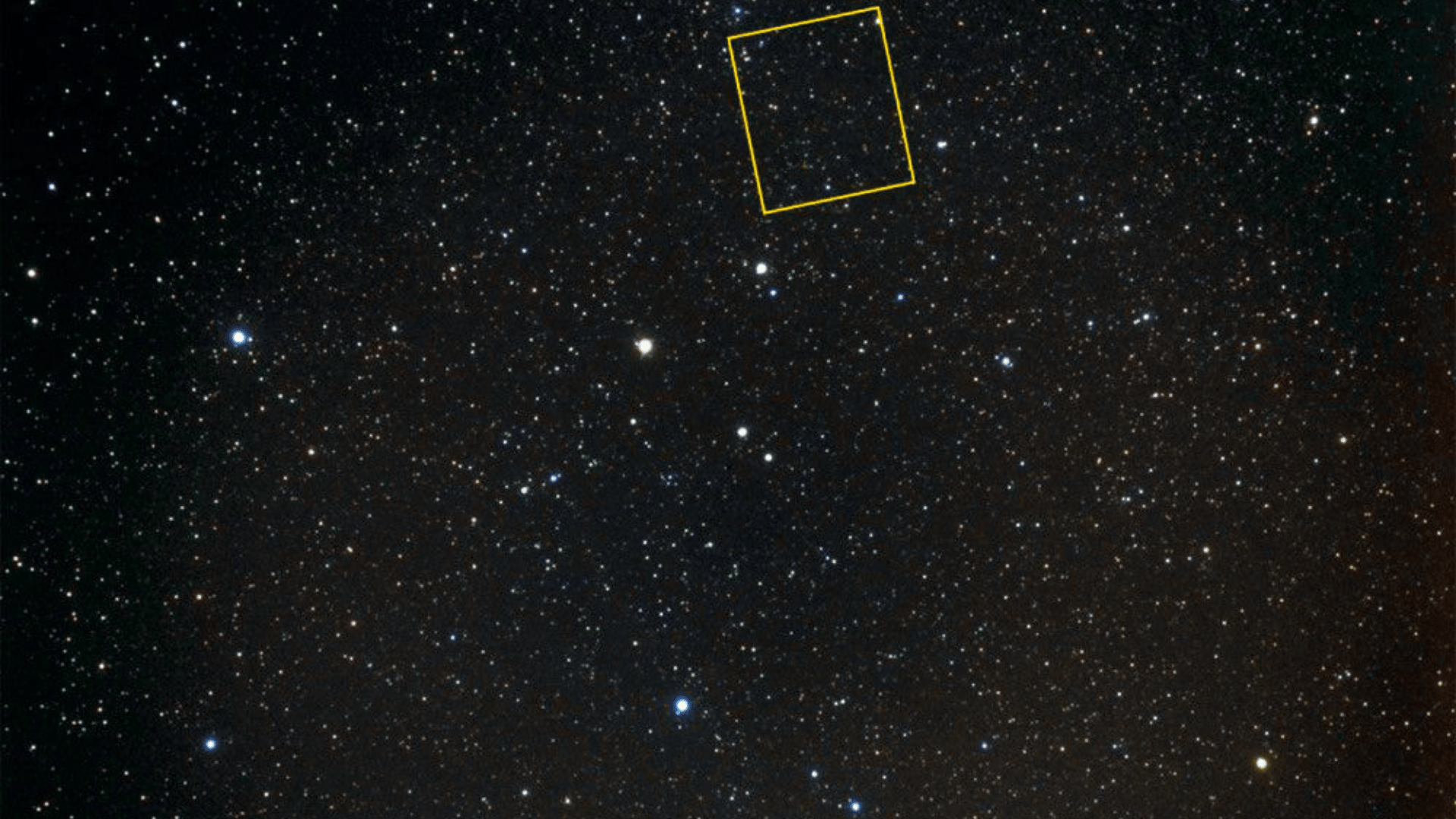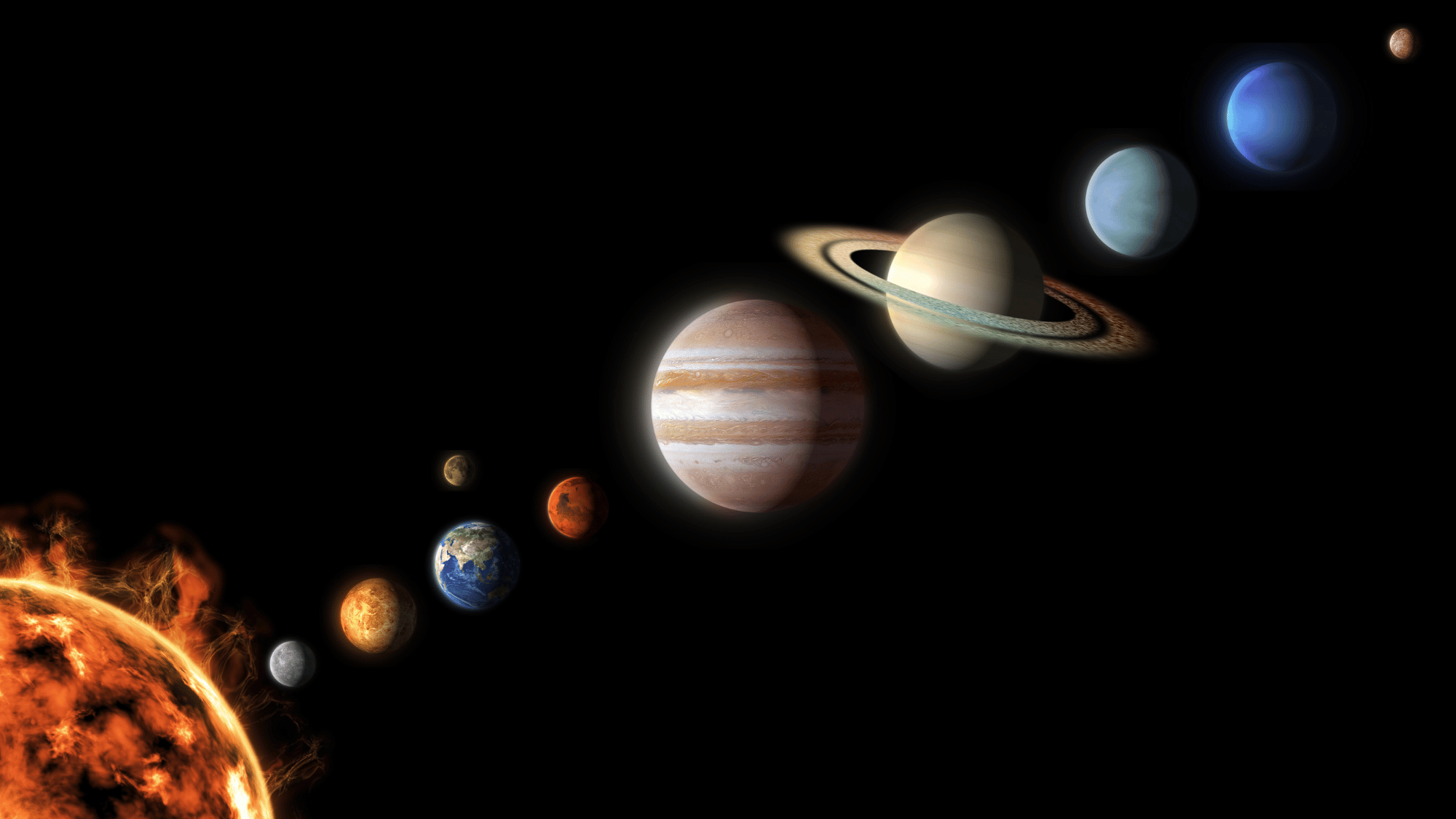Look up at the night sky and you can see one of the most recognizable star patterns visible from your backyard tonight!
The Pegasus Constellation represents the mythical winged horse from ancient Greek stories and appears in autumn skies across the Northern Hemisphere.
This large star grouping features a distinctive square shape called the Great Square of Pegasus that helps stargazers find their way around the night sky.
Even beginners can spot the Pegasus without telescopes or special equipment on clear nights.
Learning about this constellation connects modern observers to thousands of years of human stargazing history and mythology that continues inspiring people today.
What is the Pegasus Constellation?
The Pegasus Constellation is a large group of stars shaped like an upside-down winged horse in the night sky.
It ranks as the seventh largest among the 88 constellations that astronomers use to map the heavens.
Its most famous feature is the Great Square, formed by four bright stars that create a nearly perfect square. This shape marks the horse’s body, with other stars outlining its neck, head, and legs.
Pegasus lies in the northern celestial hemisphere and appears high in the southern sky during the evening.
People living between latitudes +90 and -60 degrees can see the Pegasus at different times of the year, making it visible to most observers in the Northern Hemisphere.
Beyond its recognizable shape, Pegasus contains several galaxies and star clusters that both amateur and professional astronomers enjoy observing through telescopes.
Characteristics of the Pegasus Constellation
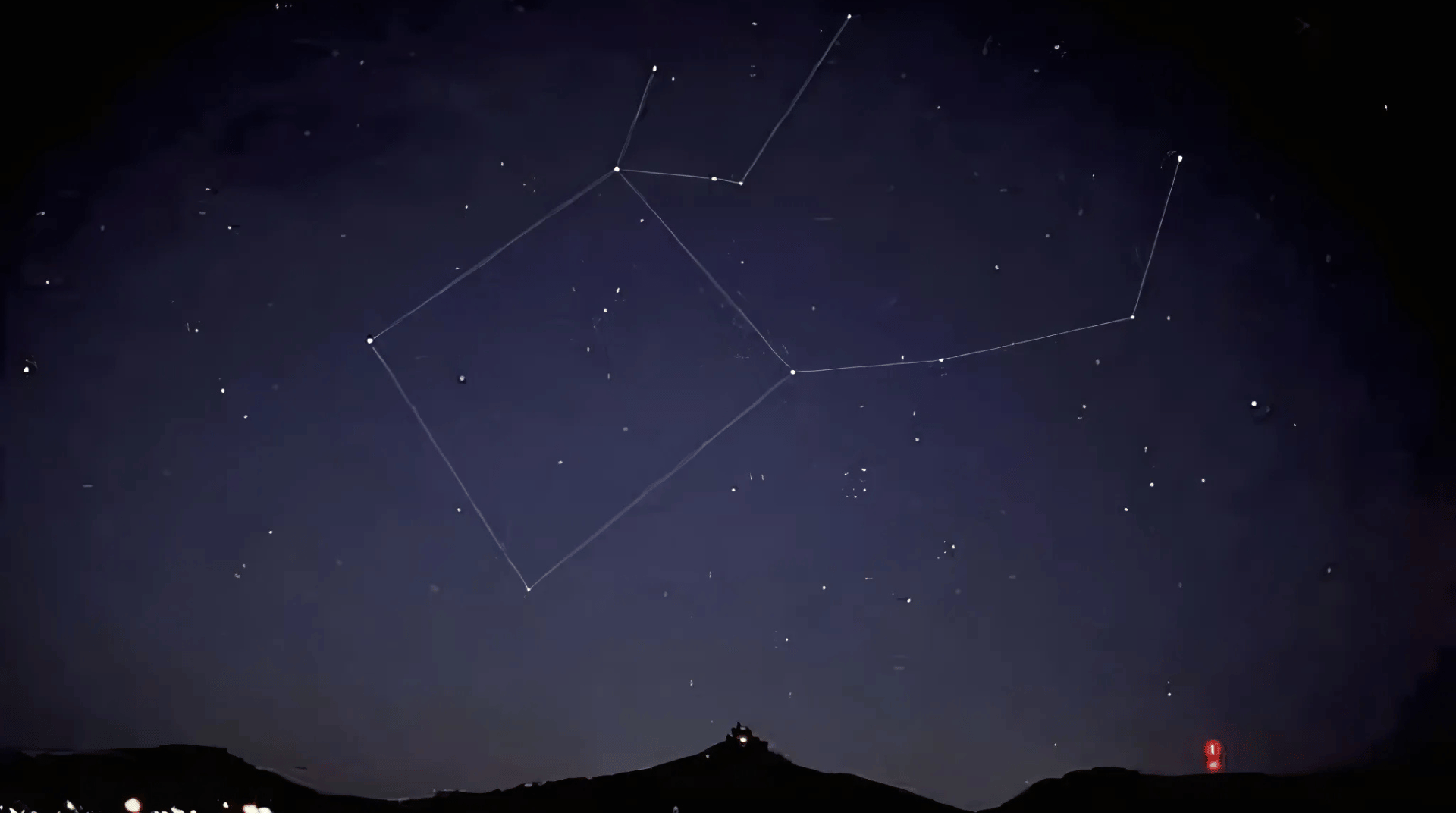
Image source: Britannica kids
The Pegasus is one of the largest and most recognizable star patterns in the night sky, famous for its great square shape.
1. Bright Stars and the Great Square
The Great Square of Pegasus is made up of four bright stars, Markab, Scheat, Algenib, and Alpheratz (which technically belongs to the neighboring Andromeda constellation).
These stars are bright enough to be seen even from places with some city light. The constellation covers about 1,121 square degrees, making it one of the largest in the night sky.
Markab and Scheat are among the most visible stars, both lying around 100–200 light-years from Earth, which is relatively close in cosmic terms.
2. Notable Deep-Space Objects
Pegasus is home to some interesting deep-space sights visible through telescopes.
Messier 15, a globular star cluster, ranks among the densest known clusters with thousands of stars packed into a small area.
NGC 7331, often called the Milky Way’s twin, is a spiral galaxy visible through medium-sized telescopes.
These deep-space objects make the Pegasus interesting for both casual observers and serious astronomers who study distant cosmic structures.
3. Seasonal Visibility Pattern
The best time to observe the Pegasus occurs during autumn evenings when it reaches its highest point in the southern sky.
During September, October, and November, this constellation appears prominently after sunset and remains visible throughout the night.
By winter, the Pegasus moves toward the western horizon and sets earlier each night.
Spring and summer months offer poor viewing opportunities as the constellation appears during daylight hours when stars cannot be seen easily.
4. Connection to Neighboring Constellations
The Constellation shares borders with several other star patterns, including Andromeda, Pisces, Aquarius, and Delphinus constellations.
One corner star of the Great Square technically belongs to Andromeda, creating a direct connection between these two mythologically related constellations.
Observers can use the Pegasus as it helps to locate the Cassiopeia Constellation stars and other nearby patterns.
5. Exoplanet Discoveries
The Pegasus gained modern fame when astronomers discovered the first exoplanet orbiting a sun-like star within this constellation in 1995.
This planet, named 51 Pegasi b, revolutionized astronomy and proved that planets exist around other stars besides our sun.
Since then, dozens more exoplanets have been found in the Pegasus, making it an important region for planet-hunting astronomers.
History of the Pegasus
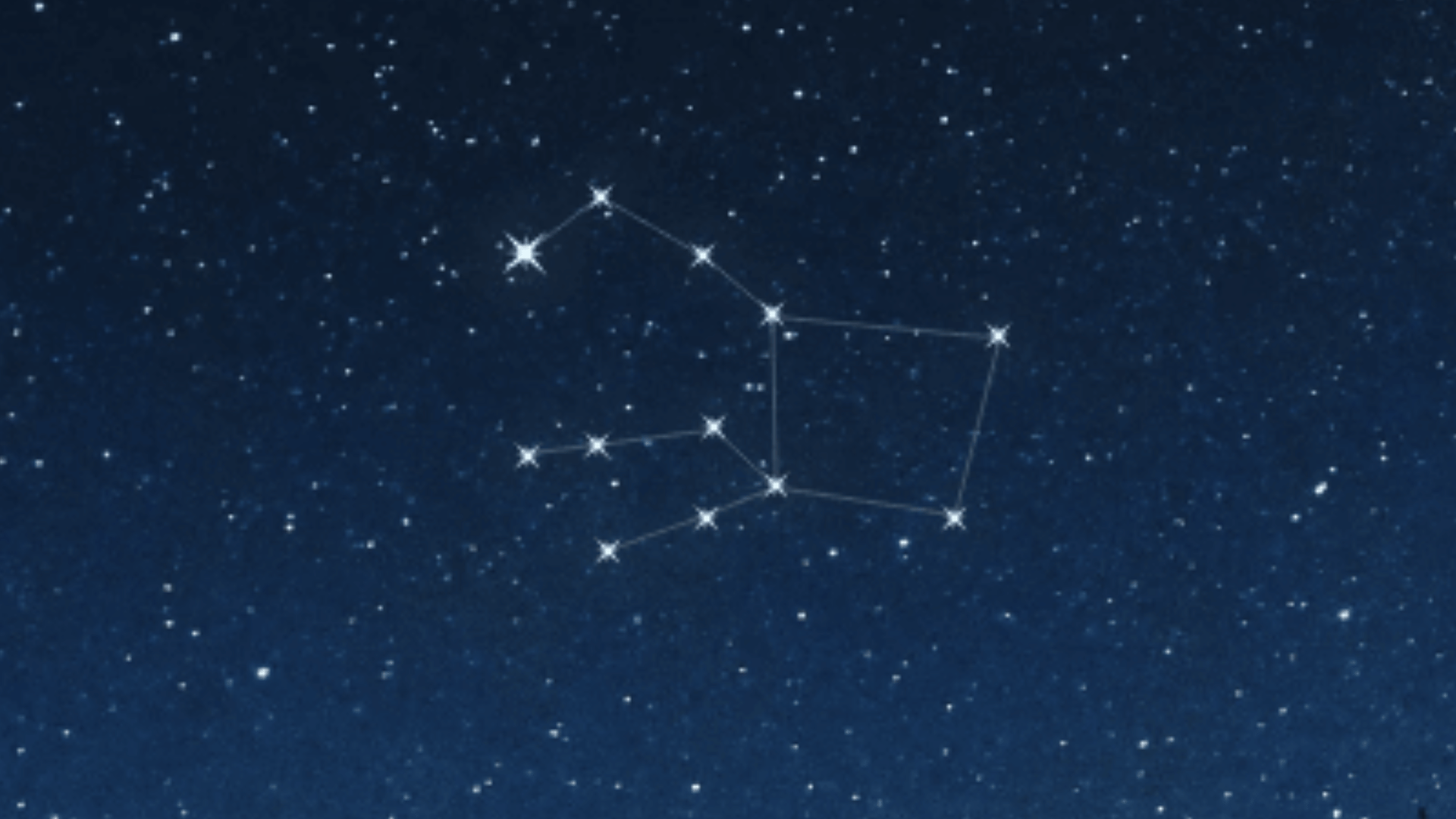
The Pegasus has been recognized by human civilizations for thousands of years across different cultures worldwide.
Ancient Babylonian astronomers recorded this star pattern over 3,000 years ago, though they called it by a different name.
Greek astronomer Ptolemy included the Pegasus in his famous star catalog around 150 AD, establishing it as one of the 48 classical constellations.
The constellation maintained its importance through the Renaissance when European astronomers standardized constellation boundaries and star names that remain in use by modern astronomers.
Myth Related to the Pegasus
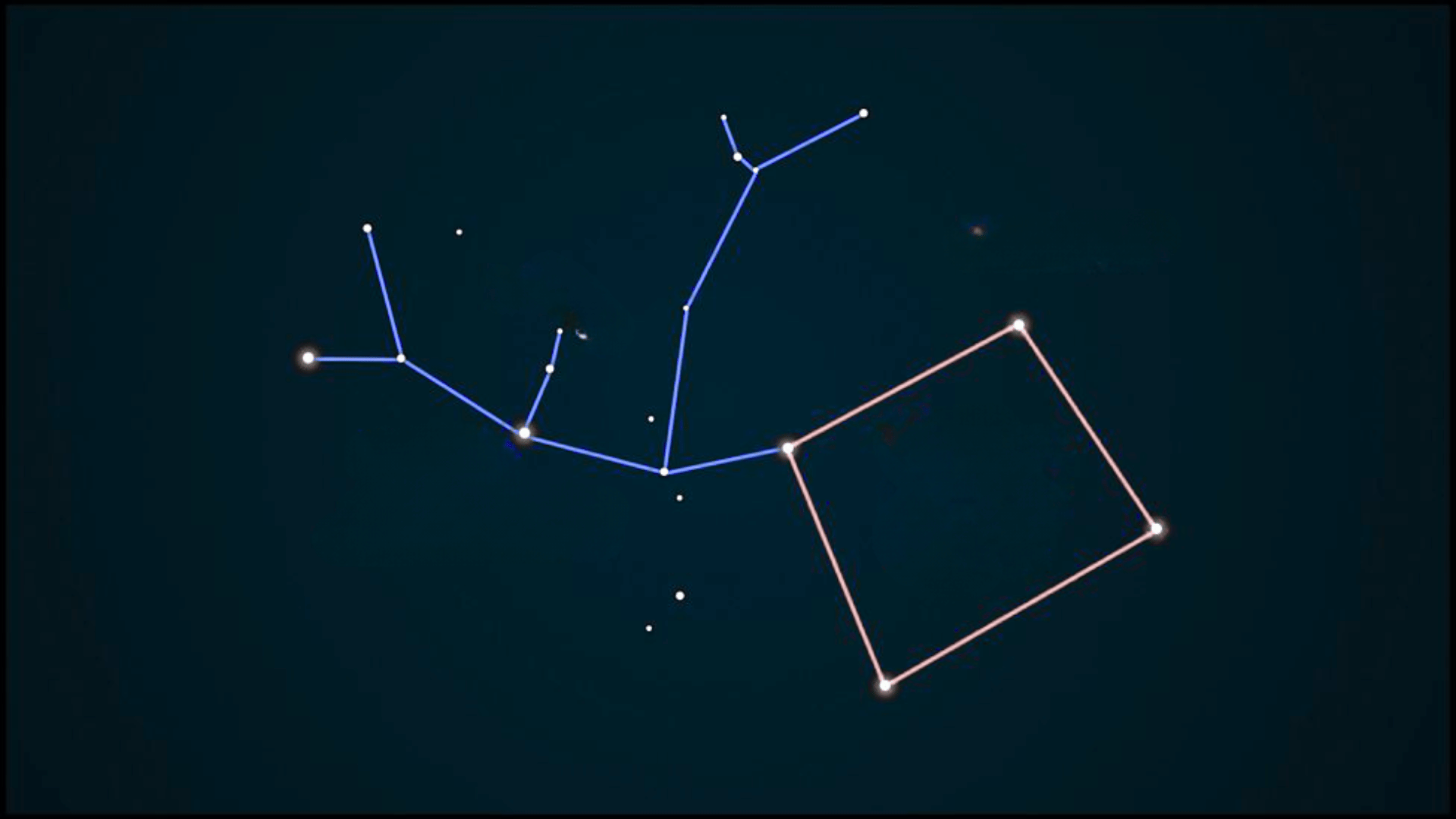
The Pegasus tells the ancient Greek story of a magical winged horse born from the blood of the monster Medusa.
- Divine Birth: Pegasus sprang from the blood of Medusa after the hero Perseus beheaded the snake-haired monster.
- Spring Creation: The winged horse struck Mount Helicon with his hoof, creating the Hippocrene spring that inspired poets and artists.
- Bellerophon’s Mount: The hero Bellerophon tamed Pegasus and rode him during battles against the fire-breathing Chimera monster.
- Failed Ascent: Bellerophon tried riding Pegasus to Mount Olympus, but Zeus sent a fly to sting the horse, throwing the rider off.
- Zeus’s Servant: After Bellerophon’s fall, Pegasus served Zeus by carrying thunderbolts and was placed in the stars as a reward.
Conclusion
The Pegasus Constellation offers stargazers a perfect combination of mythology, easy recognition, and scientific importance that few other star patterns can match today.
From ancient Greek myths to modern exoplanet discoveries, this harp-shaped constellation continues to capture human imagination across generations worldwide.
The distinctive Great Square provides an excellent starting point for beginners learning to identify constellations and locate the night sky successfully.
This remarkable star pattern connects ancient storytelling traditions with cutting-edge scientific research about distant worlds orbiting other stars.
Start your stargazing journey tonight, step outside, and discover the Great Square of Pegasus in the autumn sky!



